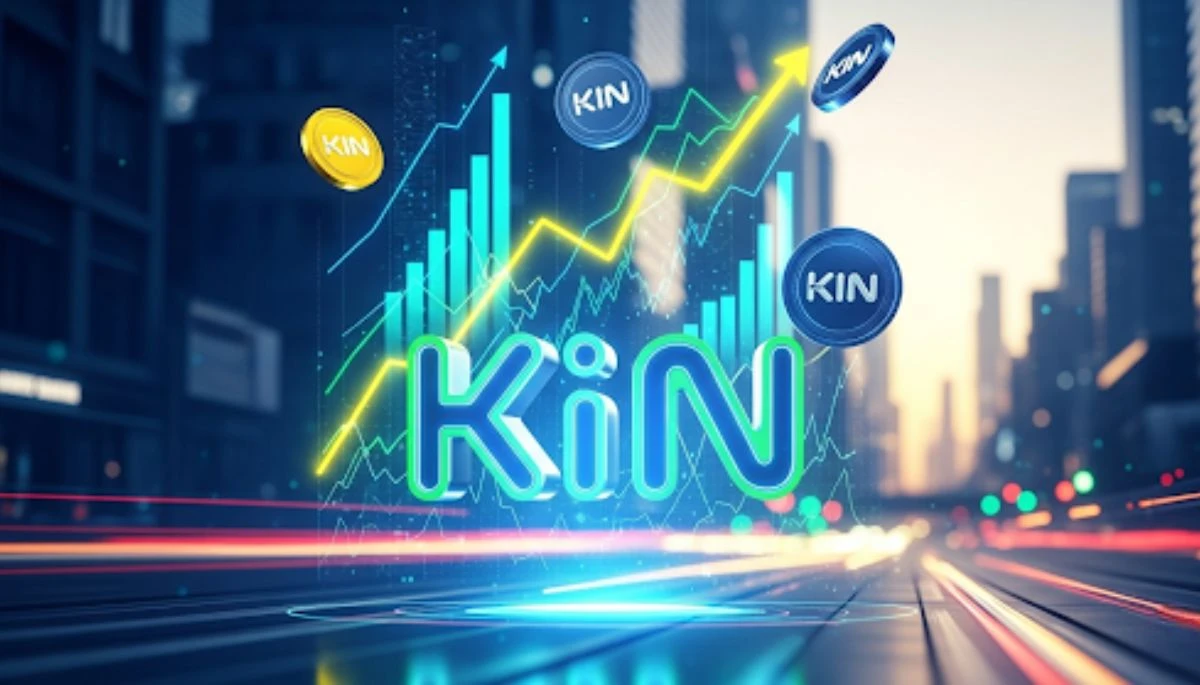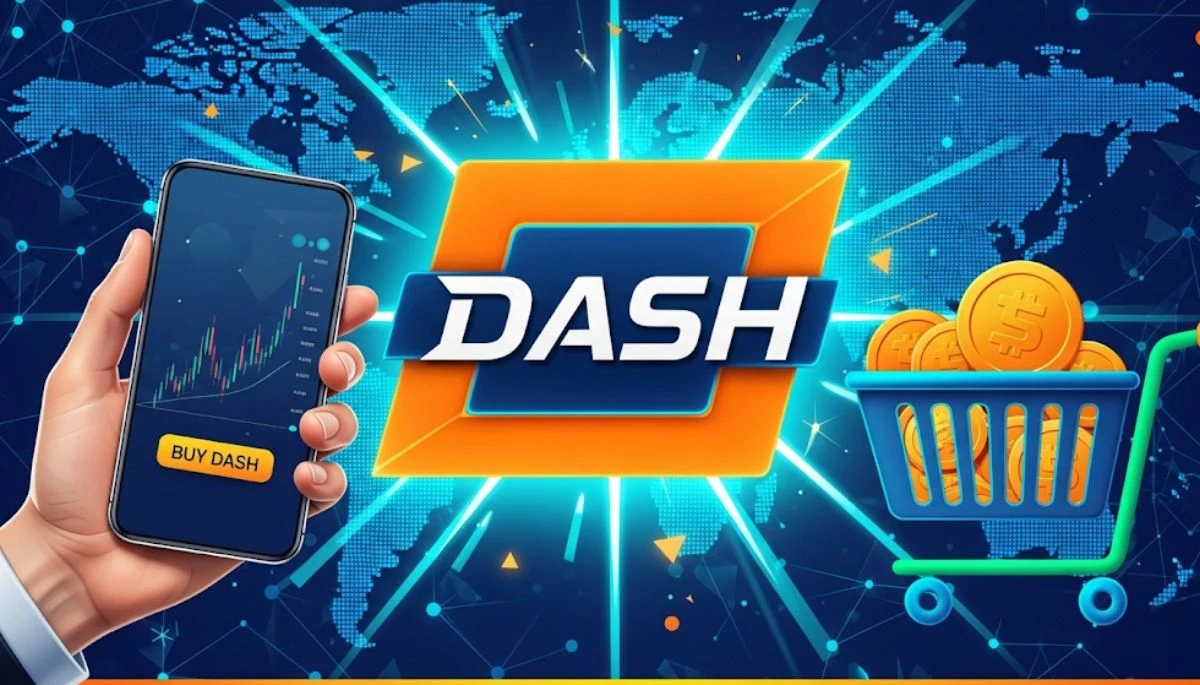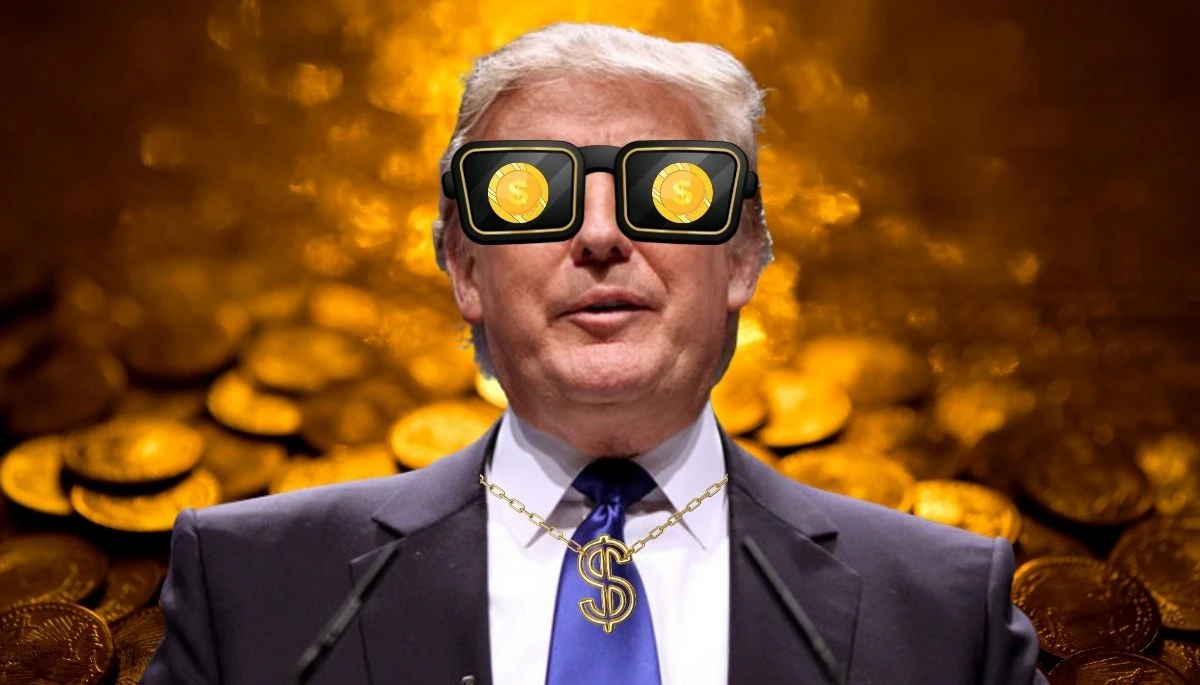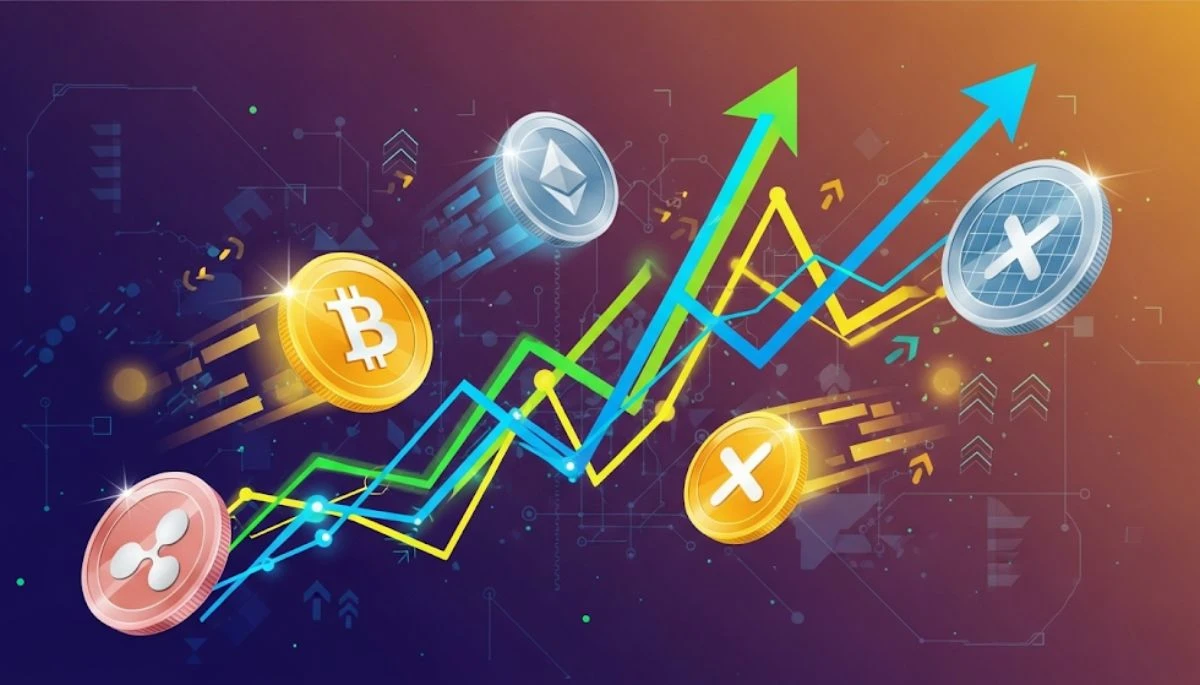Having studied crypto markets for years, I’ve noticed how certain voices can spark massive price swings or hype around new coins. That’s why I put together this article to explain what Key Opinion Leaders (KOLs) are in crypto and their role for beginners like you.
Table of Contents
With the crypto world buzzing in 2025, especially after Trump’s Bitcoin Reserve policy, understanding KOLs helps you spot genuine advice versus hype. In plain, friendly words, this guide unravels how KOLs shape prices, investor feelings, and project marketing, so you can make smarter choices.
Key Points:
- KOLs are influencers who sway crypto prices and investor trust through social media.
- They boost marketing but can also spread scams or false hype.
- Check a KOL’s credibility before following their advice.
What Is a KOL Mean in Crypto?
KOL stands for Key Opinion Leader, a person with a big following who influences crypto trends. They’re often active on platforms like X, YouTube, or TikTok, sharing tips, price predictions, or project reviews.

KOL Basics:
- Who They Are: Traders, analysts, or celebrities with crypto knowledge.
- Platforms: X (most common), YouTube, Reddit, or Telegram.
- Impact: Their posts can move markets, like when a KOL hyped Dogecoin in 2021.
KOLs vs. Traditional Marketing
KOLs differ from old-school marketing. In crypto, they act as trusted voices, not just ad pushers. This ties into broader marketing trends.
KOLs in Crypto vs. Marketing:
| Aspect | KOL in Crypto | Traditional Marketing |
|---|---|---|
| Trust | Seen as peers | Often feels salesy |
| Reach | Social media-driven | Ads, billboards |
| Cost | Paid posts ($500–$50K) | High ad budgets |
Why Crypto Loves KOLs:
- Fast Reach: A single X post can hit millions instantly.
- Community Trust: Followers value KOLs over faceless brands.
- Hype Creation: KOLs spark FOMO, driving coin purchases.
How KOLs Influence Crypto Prices
KOLs can send prices soaring or crashing with a single post. Their words carry weight, especially for low-cap coins like KIN.
- Pumps: A KOL’s “buy” call can spike a coin 20–50% in hours.
- Dumps: Negative reviews can tank prices, like when a KOL criticized a DeFi project.
- Case Study: In 2021, a KOL’s Dogecoin tweet pushed its price from $0.05 to $0.70 in weeks.
How It Happens:
- Followers rush to buy or sell based on KOL tips.
- Bots amplify KOL posts, triggering trading algorithms.
- Small coins are most affected due to low liquidity.
KOLs and Investor Sentiment
KOLs shape how investors feel about a project. Their optimism or doubt spreads fast in crypto’s emotional market.
Sentiment Effects:
- Bullish Hype: KOLs praising a coin create FOMO, like with Shiba Inu.
- Bearish Fear: Warnings about scams can kill investor confidence.
- Community Mood: KOLs rally fans on X or Telegram, boosting loyalty.
Stat: 70% of crypto investors check social media before buying (CoinMarketCap).
KOLs in Crypto Marketing Strategies
Crypto projects hire KOLs to promote tokens, especially during launches or presales. They’re cheaper than ads and more effective.
Marketing Tactics:
- Paid Posts: KOLs tweet or post videos for $1,000–$100,000.
- AMAs: Live Q&As on X or Discord to build trust.
- Shilling: Hyping coins without disclosing payment (risky and unethical).
Example Platforms:
| Platform | KOL Role | Reach |
|---|---|---|
| X | Quick hype posts | Millions |
| YouTube | Deep project reviews | 100K+ views |
| Telegram | Private group chats | 10K–50K members |
KOLs and Crypto Wallets or Exchanges
KOLs often promote wallets or exchanges like Coinbase, but their role here is smaller. They may endorse features or referral codes.
KOLs in Wallets/Exchanges:
- Wallet Promotion: KOLs push apps like Trust Wallet for rewards.
- Exchange Hype: Coinbase pays KOLs to promote trading pairs.
- Limits: Less influence here, as users prioritize security over hype.
Risks of Following KOLs
Not all KOLs are trustworthy. Some spread scams or pump-and-dump schemes, hurting new investors.
Red Flags:
- No Transparency: KOLs not disclosing paid posts.
- Overhype: Promises of “100x gains” without proof.
- Shady Projects: Promoting coins with no whitepaper or team.
Safety Tips:
- Cross-check KOL claims with project whitepapers.
- Avoid coins hyped only by KOLs with no real use case.
- Use trusted platforms like Binance for research.
How to Spot Legit KOLs
Good KOLs share honest, well-researched advice. Here’s how to find them.
Signs of a Reliable KOL:
- Track Record: History of accurate price calls or project picks.
- Transparency: Discloses paid promotions or biases.
- Engagement: Answers follower questions on X or Reddit.
Where to Look:
- X: Search hashtags like #Crypto or #Bitcoin.
- YouTube: Watch long-form analysis, not just hype videos.
- Reddit: Check r/CryptoCurrency for KOL discussions.
KOL Mean in Crypto FAQs
Do KOLs get paid for every crypto post?
Not always. Some are paid per post, while others earn through affiliate links or token rewards.
Can KOLs predict crypto prices accurately?
Rarely. Even top KOLs can’t guarantee predictions due to market volatility.
Are KOLs regulated in crypto?
No strict rules exist, but some countries require disclosing paid promotions.
How do I become a crypto KOL?
Build a following by sharing insights on X or YouTube, and network with projects.
Do KOLs influence big coins like Bitcoin?
Less so. Bitcoin’s large market cap makes it harder for KOLs to sway its price.
Conclusion
Key Opinion Leaders (KOLs) are powerful voices in crypto, driving prices, shaping investor feelings, and boosting project marketing. For beginners, understanding their influence helps you navigate hype and scams.
While KOLs can spotlight promising coins, always verify their claims and focus on project fundamentals, like tech leadership. Use trusted sources like CoinMarketCap or Binance to stay grounded. By learning to spot legit KOLs, you’ll make wiser choices in the fast-moving crypto world of 2025.
















